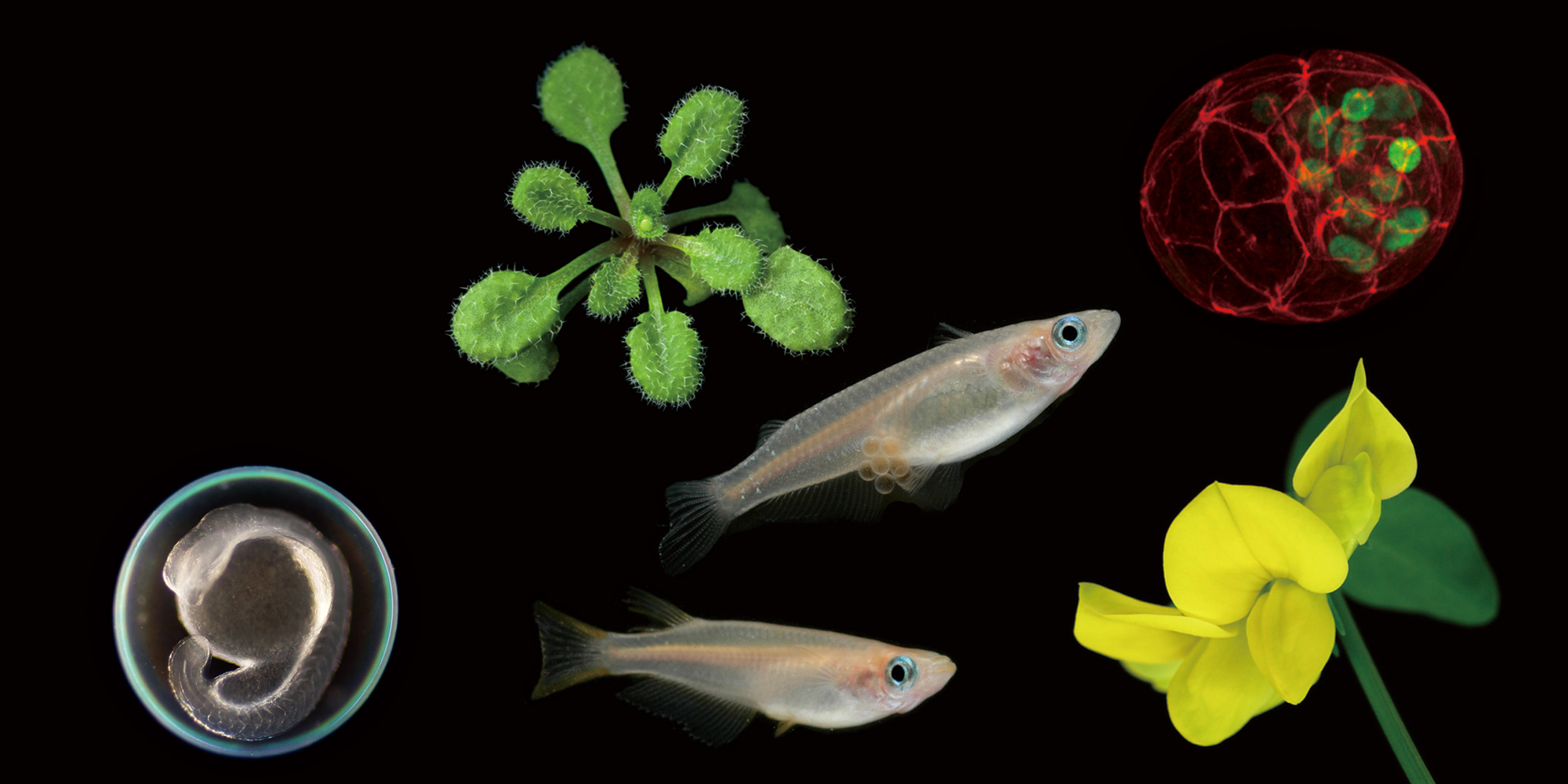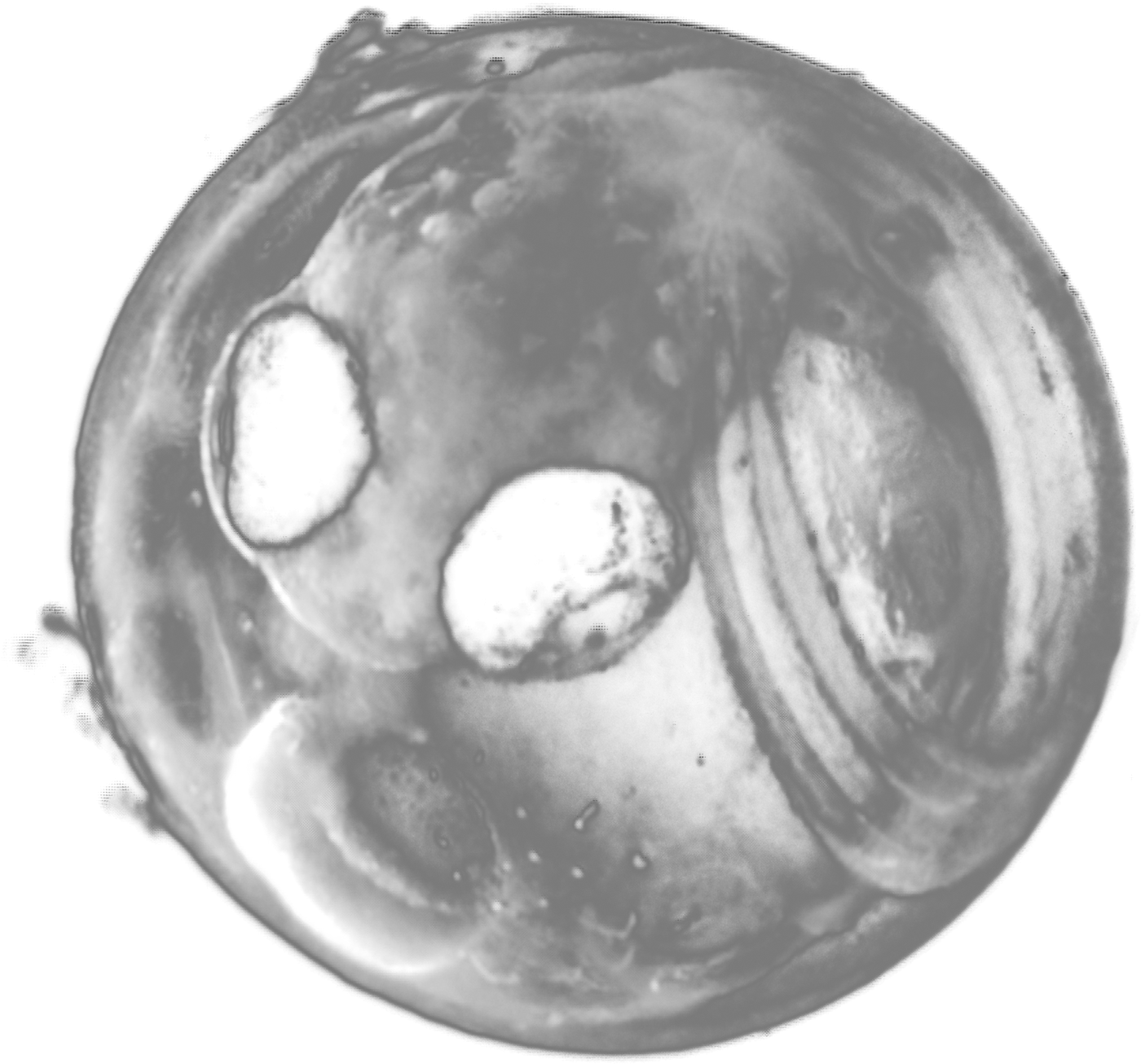2007.04.11 部門公開セミナー
PROTEOMIC STUDY OF MICROCYSTIN-LR TOXIC EFFECTS ON MEDAKA LIVER
Dr. Marc Edery (Director, USM505 Ecosystemes et interactions toxiques, Museum National d’Histoire Naturell)
2007年04月11日(水) 15:00 より 16:30 まで
明大寺地区1階会議室(111)
分子環境生物学研究部門 井口 泰泉 内線5235
Microcystins(MCs) are hapatotoxins with potent inhibitor activity to protein phosphatases PP1 and PP2A. These non-ribosomal peptides are getting more and more attention due to their acute toxicity and potent tumor-promoting activity. These toxins are produced by freshwater cyanobacteria. A toxicological study has been conducted on aquatic animal models such as the medaka fish. So far, the detailed mechanisms underlying toxicity of microcystins are unknown. The most toxic and most commonly encountered variant in aquatic environment is MC-LR (MC-Leucine-Arginine). It has been used for toxicological investigations on the liver of intoxicated madaka. Two kinds of exposure way were employed, balneation and gavage assays. Differential proteome as well as differential phosphoproteome analyses have been performed for providing new informations on early responses to the toxin. The experiments are also aiming at selecting biomarkers of MC-LR exposure. In the 2-DE gel protein maps from cytosol of liver cells of animals exposed or non-exposed to the cyanotoxin. Four major protein families were identified that modulated in phosphospecific and total protein stain. They appear to be involved in cytoskeleton assembly, cell signalling, oxidative stress and apoptosis. Such results confirm that proteomics and phosphoproteomics approaches may become valuable tools to identify signalling pathways involved in MC-LR effects. From accumulated data, specific pools of biomarkers should possibly be selected as specific for toxin exposure.







